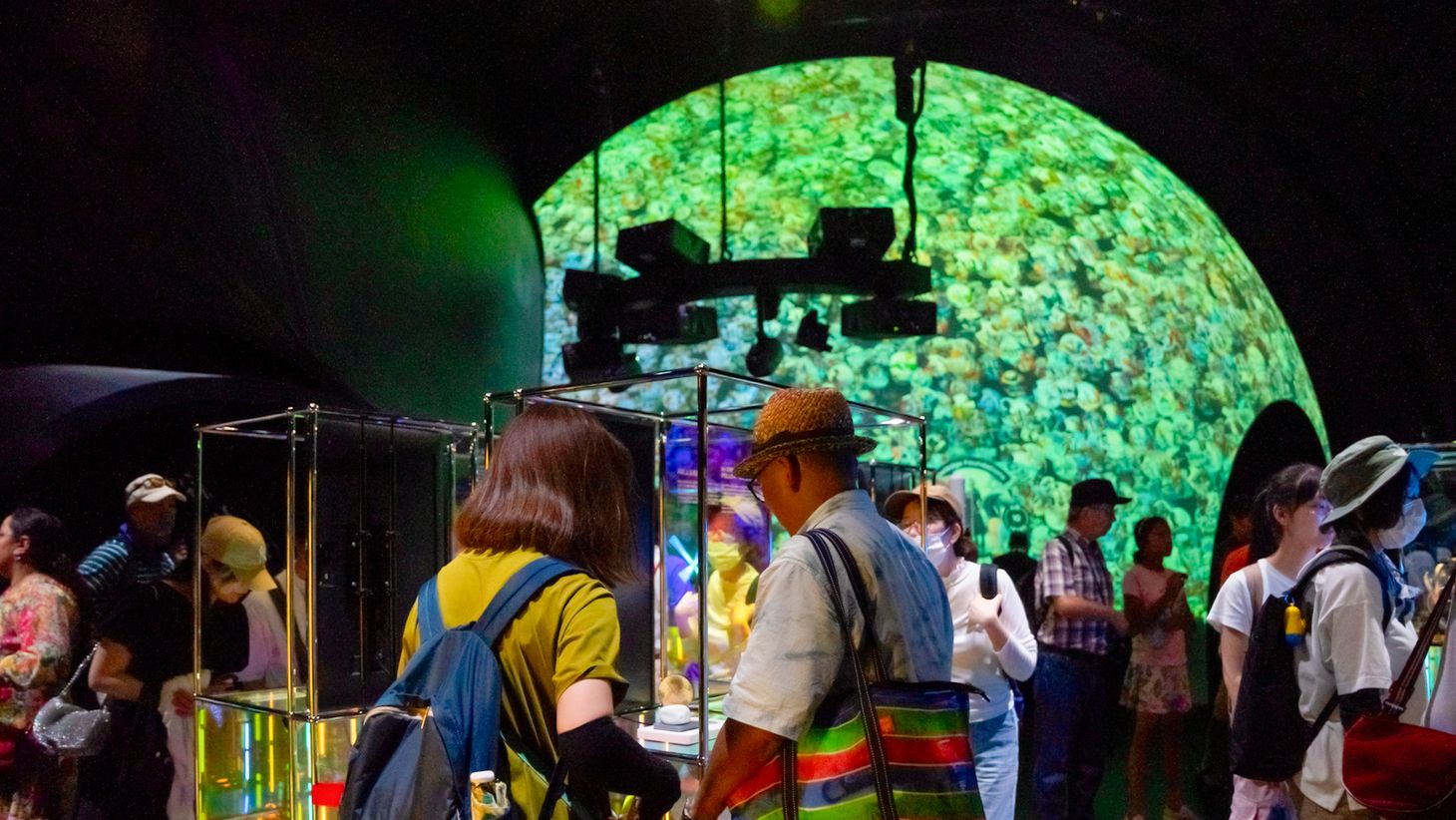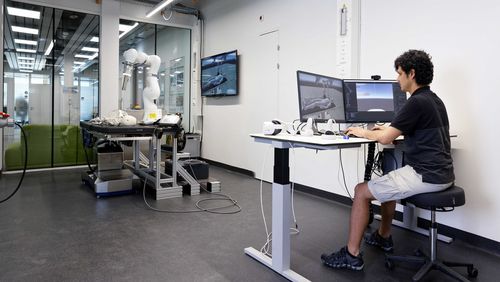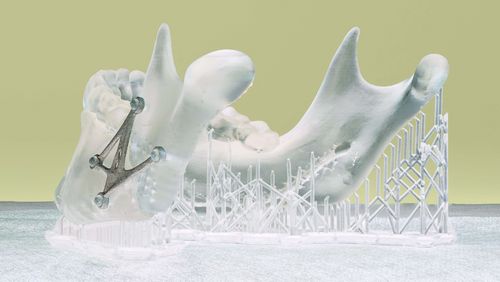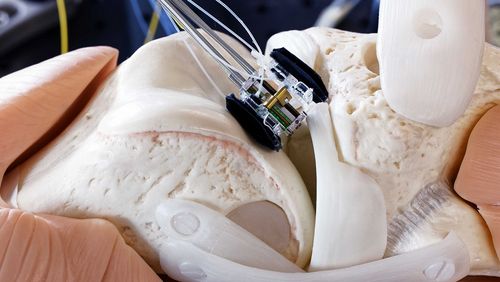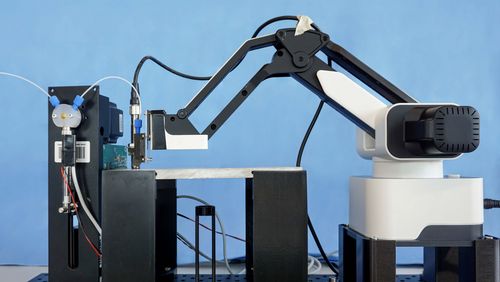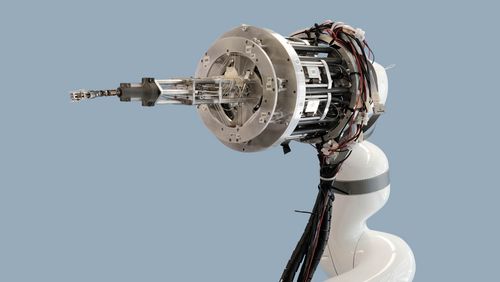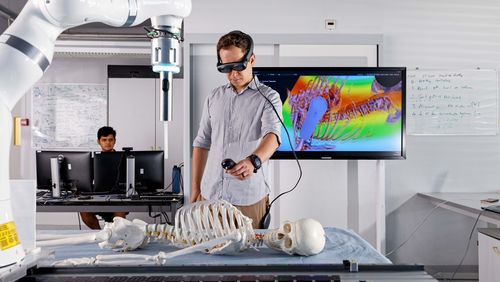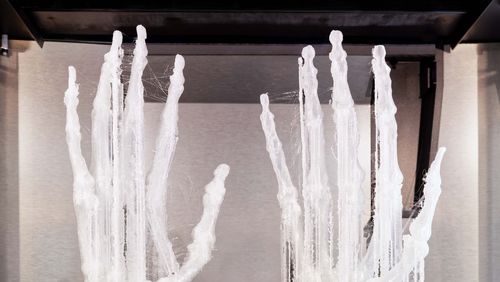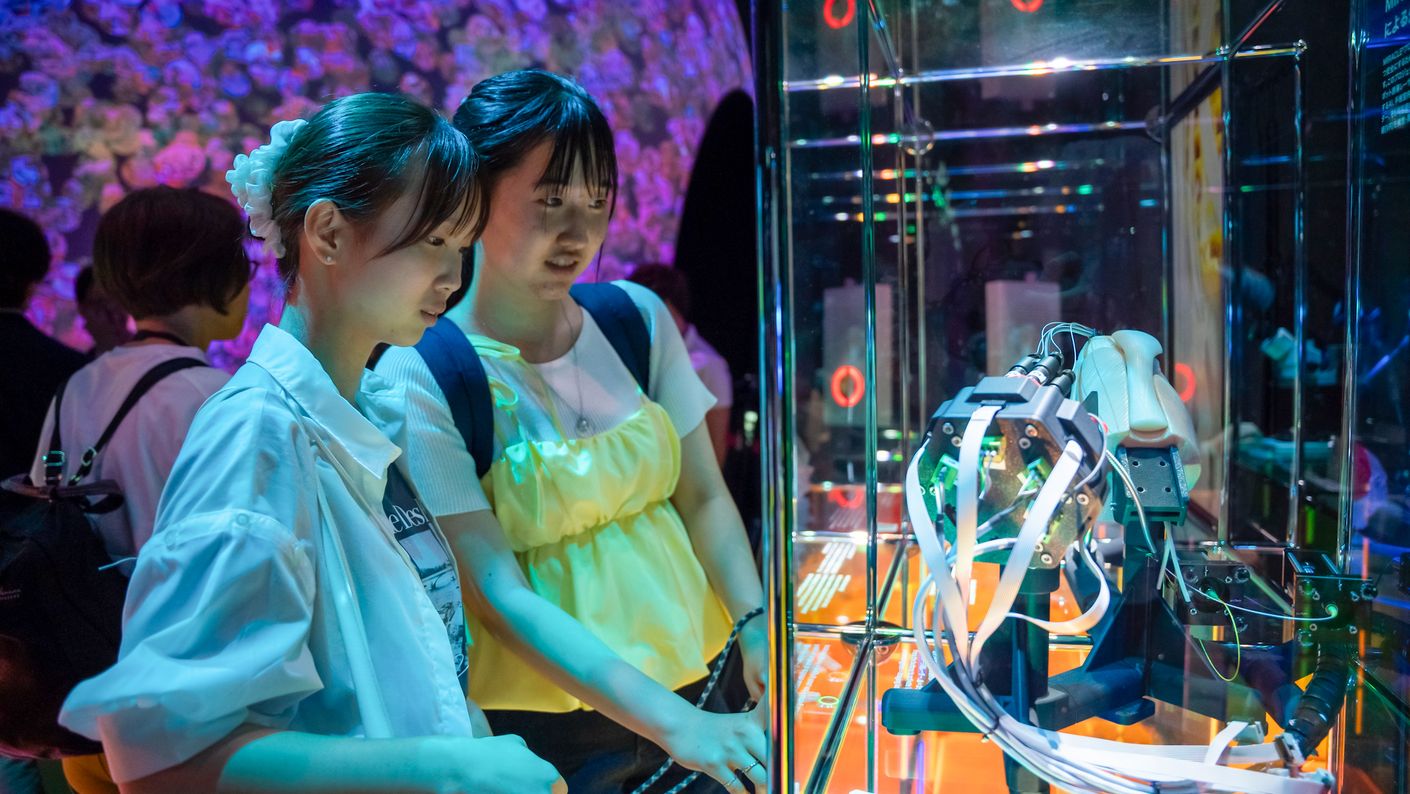
Debut at the world’s fair
A great honour for MIRACLE II: the WSS-funded project was chosen to represent Switzerland at the 2025 World Expo in Osaka—as one of a select group of research projects in the Expo’s LIFE exhibition.
The 2025 World Expo in Japan is an event on an epic scale: a total of one hundred and fifty-eight countries and eight international organisations are participating in the mammoth fair that runs from 13 April to 13 October 2025. Some 28 million visitors are expected to come to the exhibition on the artificial island Yumeshima in Osaka Bay, roughly 1.5 million of whom will be visiting the Swiss Pavilion “From Heidi to High-Tech”.
The clever motto was chosen to reflect Switzerland’s development from a rural Alpine nation to a global leader in cutting-edge technology. From 11 June to 12 August, researchers from the University of Basel’s MIRACLE II project—which receives funding from the Werner Siemens Foundation—will be presenting their robot-guided laser scalpel for minimally invasive bone surgery. “It’s a tremendous honour to be able to participate in such an important event,” says MIRACLE II project leader Philippe Cattin, professor of image-guided therapy and head of the Department of Biomedical Engineering (DBE) at the University of Basel.
The Basel project is one of just a few Swiss research projects selected to present their work in the LIFE exhibition, a sub-event in the Expo that lasts two months. “It was the head of the Swissnex research network in Osaka who first suggested we apply for a place at the 2025 World Expo,” Philippe Cattin says. Over the course of a two-phase application process, the MIRACLE II project won out in a large field of competitors.
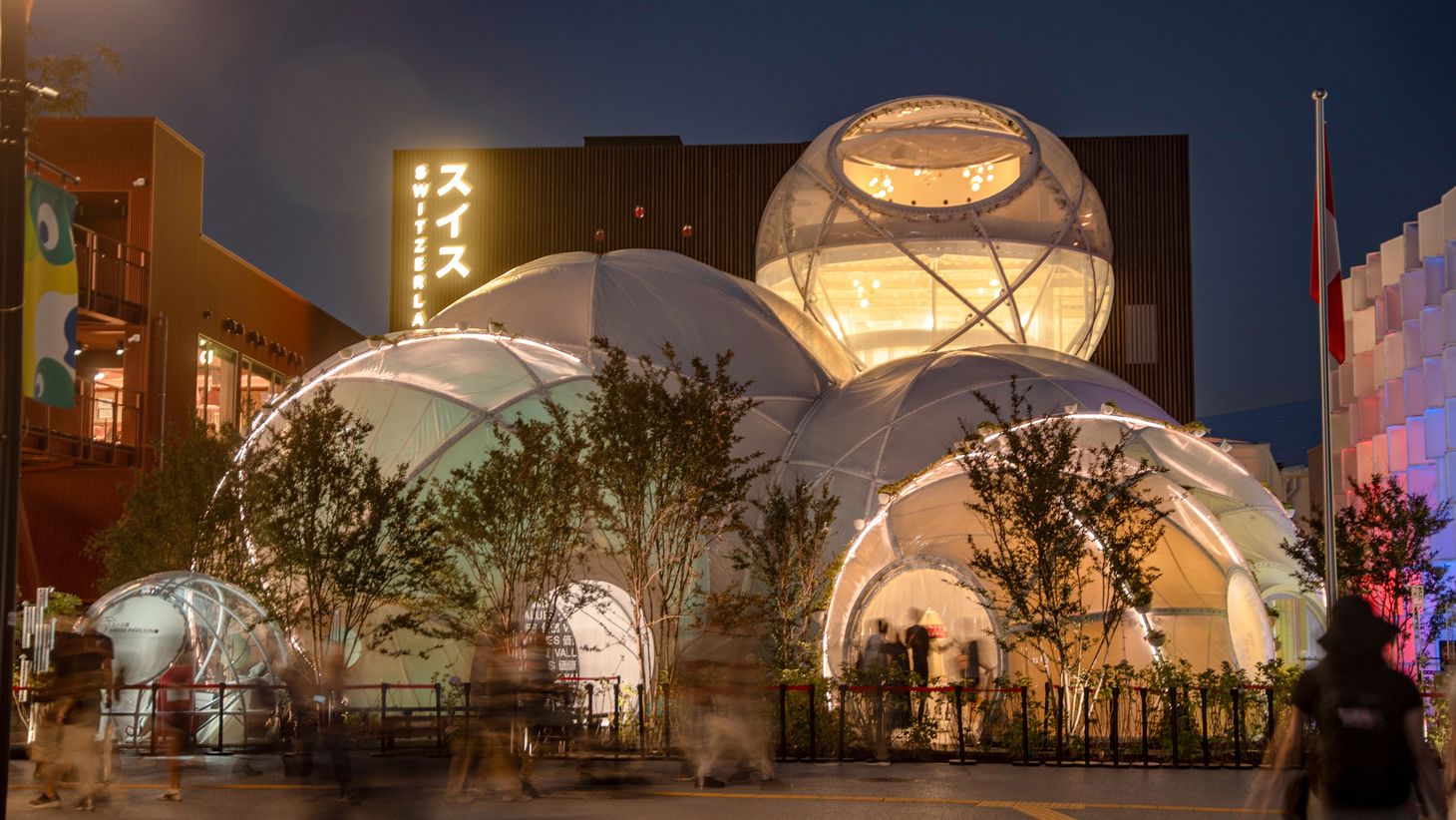
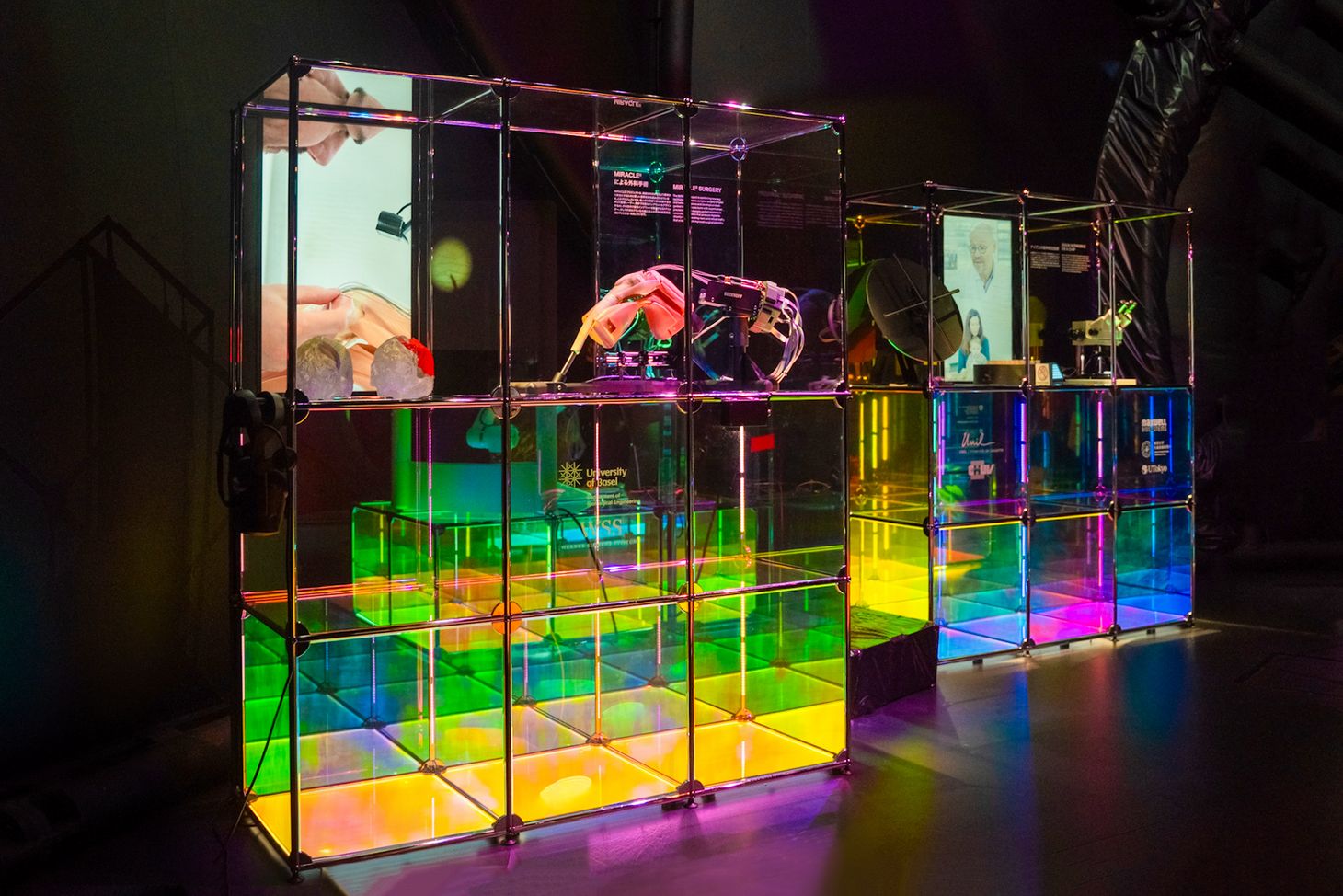
Exploring inside the skull
The requirements for participating were in equal parts simple and challenging, in particular regarding size: the presentation must fit in a booth that’s just a little more than two metres wide. “Of course, we also wanted to find a simple and captivating way to showcase our work,” Cattin says. After all, visitors are likely to spend just a few minutes at each booth.
The MIRACLE II team mastered the difficulties and managed to squeeze their entire project into the limited space. On the booth’s left-hand side, visitors can learn about two of the four sub-projects: the virtual reality system and the implants fabricated at the University Hospital Basel’s in-house 3D printing lab. Regarding the 3D printed implants, visitors can compare a before-and-after model of a skull with the first implant that Florian Thieringer’s research group printed and inserted into a patient in autumn 2023.
Then, the virtual reality system created by Philippe Cattin’s research group offers yet a closer, more direct look at the skull model: visitors can put on the high-tech VR goggles and study a three-dimensional model of the skull and implant from every possible angle. It’s a full 360-degree experience—and by bending forward, they can even look inside the skull.
Playing doctor
The right side of the booth is reserved for the other two MIRACLE II sub-projects—the endoscopic robot and the laser system. For the Expo, Michael Sommerhalder, postdoc in Georg Rauter’s research group, built a prototype of the laser robot that can cut through bone or tissue. His set-up is a prime example of the MIRACLE project’s revolutionary idea: powered by an external supply, a tiny endoscope equipped with a laser is introduced into a gap in a model knee joint.
Here, too, visitors are invited to try out the tool themselves: they can use a gaming controller to move the endoscope tip forwards, backwards and sideways. “These movements are slow, but very precise,” Michael Sommerhalder explains. Because the tiny robot is almost invisible to the naked eye, he set up a monitor at the booth so that the “visiting surgeons” can view an enlarged projection of their procedure and follow the progress in real time.
The controller is also used to operate two laser-based methods that were developed by Ferda Canbaz and her research group. First is laser cutting, which is signalled by a red light. Second is optical coherence tomography (OCT), signalled by a green light and used to determine how deep the laser should cut. “We’re only imitating the laser beams at the Expo, of course, for safety reasons,” Michael Sommerhalder says.
The middle of the booth is reserved for visitors who, after experiencing the two interactive parts of the project, want to stay for more. They can watch short videos to learn details about MIRACLE II, including how the four innovative sub-projects will be integrated to enable bone surgery that is patient-friendly, minimally invasive—and highly precise.
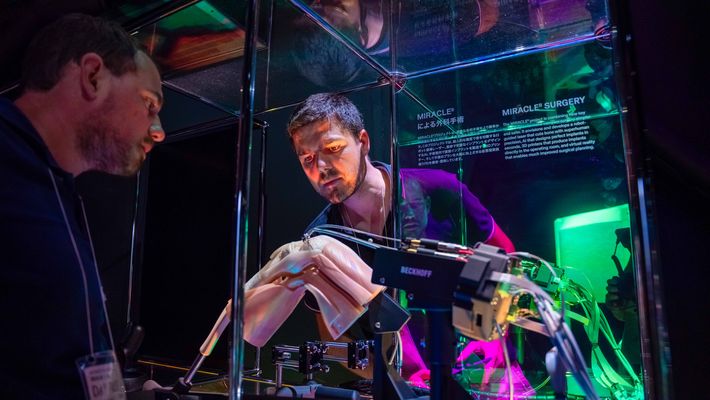
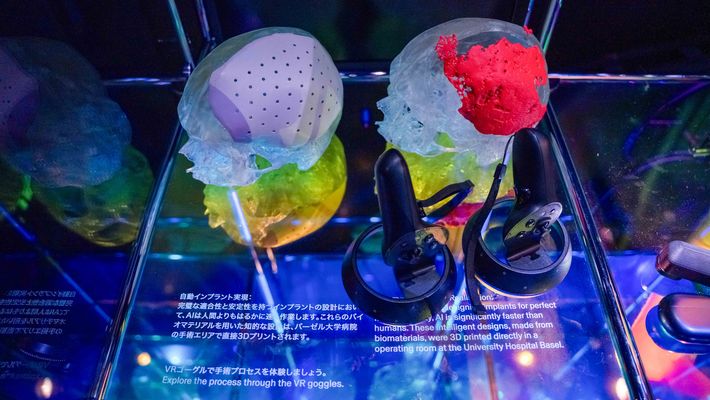
Hard work pays off
The MIRACLE II team spared no effort in preparing for the World Expo. Designing their booth as well as planning logistics and taking care of administration were all highly demanding tasks. Michael Sommerhalder worked nearly a year on developing the laser robot module, overcoming numerous challenges along the way. For example, because the booths are unmanned, all installations must automatically boot up and calibrate themselves every morning.
To finance the activities at the Expo, the MIRACLE II project leaders acquired funding of some sixty-five thousand Swiss francs from various sources. Philippe Cattin is convinced that the effort will pay off: “It’s exciting to be able to present our work to so many people. In addition, it’s a fantastic opportunity to deepen our ties with Japanese research institutions and industry partners.”
The researchers plan to ride the momentum from the fair to make their work more visible in Switzerland, too. From 9 to 11 July, they’re setting up the MIRACLE system at Basel’s central Theaterplatz, offering visitors an accessible and fun way to get to know the project. Because, Philippe Cattin says, “in the current climate, it’s more critical than ever that we researchers show the public what we do”.
